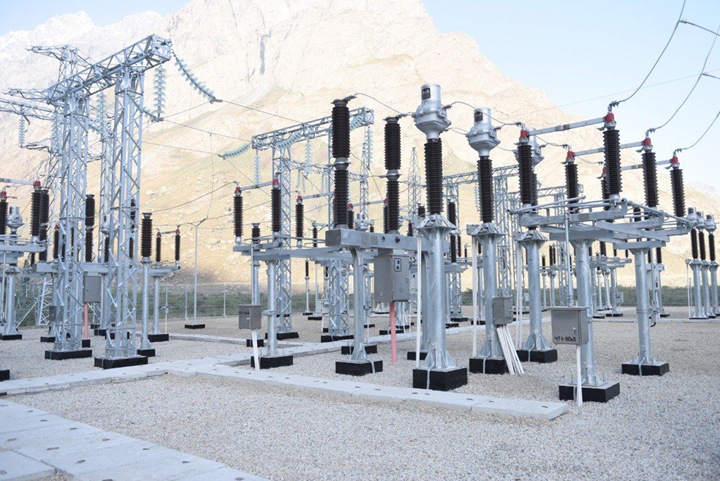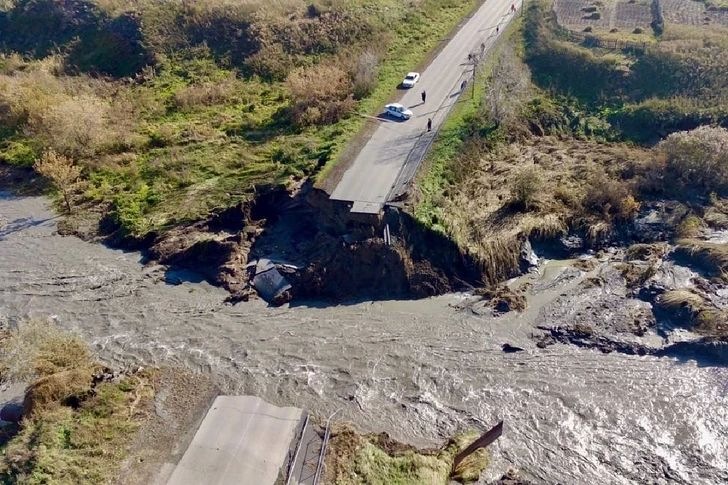Qosh-Tepa Afghan Canal: hope for farmers and threat to neighbors
A large-scale construction of a giant Qosh-Tepa canal has unfolded in the northern regions of Afghanistan, which is designed to solve the problem of water scarcity and revive agriculture. The project aims to irrigate more than 500 thousand hectares of arid lands, turning them into fertile fields. To achieve this ambitious goal, it is planned to redirect from 20 to 30 percent of the flow of the Amu Darya River, one of the largest waterways in Central Asia, France24 reports.

The idea of building the canal has been discussed for a long time and was initiated even under the overthrown government, but it was the current authorities, represented by the Taliban movement, who turned it into their flagship project. The length of the canal will be almost 250 kilometers, which makes it one of the largest irrigation facilities in the country’s history. The implementation of the project has become for the new government a symbol of national viability and the ability to solve large-scale tasks without external assistance.
Mohammad Askar Sirat, the head of the Qosh-Tepa canal’s main facilities, proudly declares that no foreign specialists were involved in the work. “Foreign engineers are not involved in the implementation of the project. The design and implementation are carried out by Afghans. This is a national project for the whole of Afghanistan. There is no other project of this scale in the country,” he says. The construction is carried out exclusively by local companies and engineers, which emphasizes the desire for self-sufficiency.
For local farming communities suffering from years of drought, the canal has become the main hope for salvation. The acute shortage of water has led to the decline of agriculture, the death of orchards and the inability to carry out sowing work. “The lack of water is ruining everything: agriculture and trees. I had several almond trees, and all of them withered due to lack of water,” Abdul Jalil Rasuli, the head of one of the farming communities, shares his misfortune.
However, the grandiose project causes serious concern among neighboring countries. The Amu Darya River also flows through the territories of Tajikistan, Uzbekistan and Turkmenistan. The economies of these states largely depend on its water resources, which are used for the operation of hydroelectric power plants and irrigation of agricultural land, primarily for cotton cultivation.
Afghanistan’s neighbors fear that a significant reduction in the flow of the Amu Darya will aggravate the already difficult situation with water scarcity in the region, which could lead to economic losses and increased social tensions. The situation is complicated by the fact that Afghanistan has historically not been a party to international agreements on water use in the Amu Darya basin, and the Taliban Government does not have international recognition, which complicates any negotiations and the search for compromise solutions at the diplomatic level.
Original (in Russian): Афганский канал Кош-Тепа: надежда для фермеров и угроза для соседей


